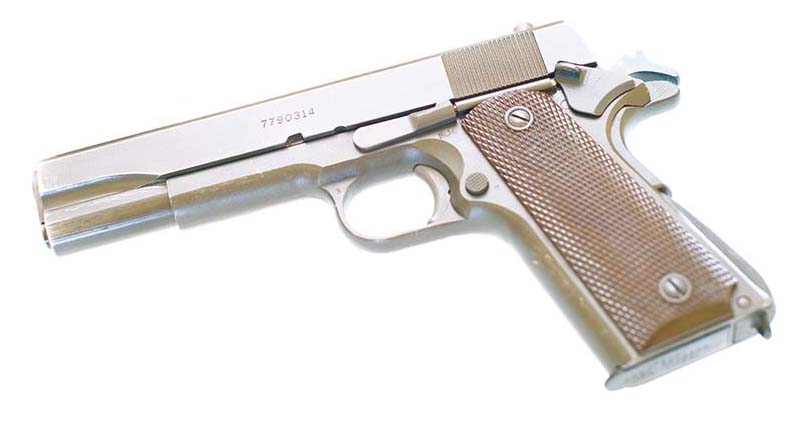The 2018 National Defense Authorization Act transferred the remaining M1911A1s still in U.S. Army inventory to the Civilian Marksmanship Program (CMP) for sale to citizens. CMP promotes firearm safety and marksmanship and has sold surplus rifles, such as the M1 Garand for such purposes; this batch of M1911A1 pistol sales furthers CMP’s goals.
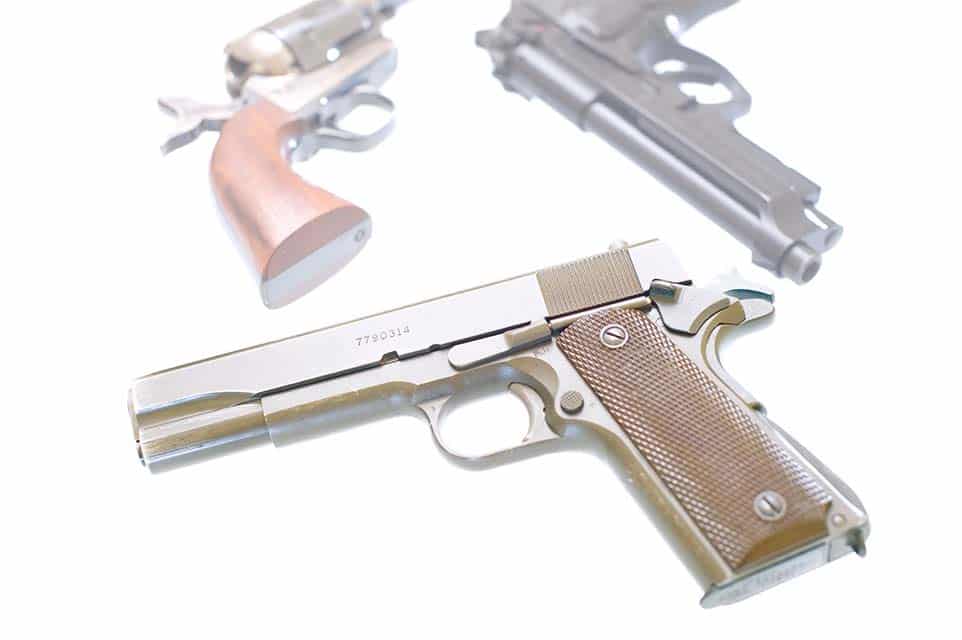
In 2018, the author mailed in his paperwork (a separate packet than the one used for rifles) and was given a randomly generated number in the low 3,000s. CMP called those numbers sequentially, and the buyer was given a choice of Service or Field Grade based on availability at the time. The author was contacted around middle of March 2019 and purchased a Service Grade pistol. It was delivered inside a large protective case marked with “CMP” on the outside and included a certificate of authenticity. The pistol is in excellent shape with little finish wear on the frame rails and no gas cutting of the breech face.
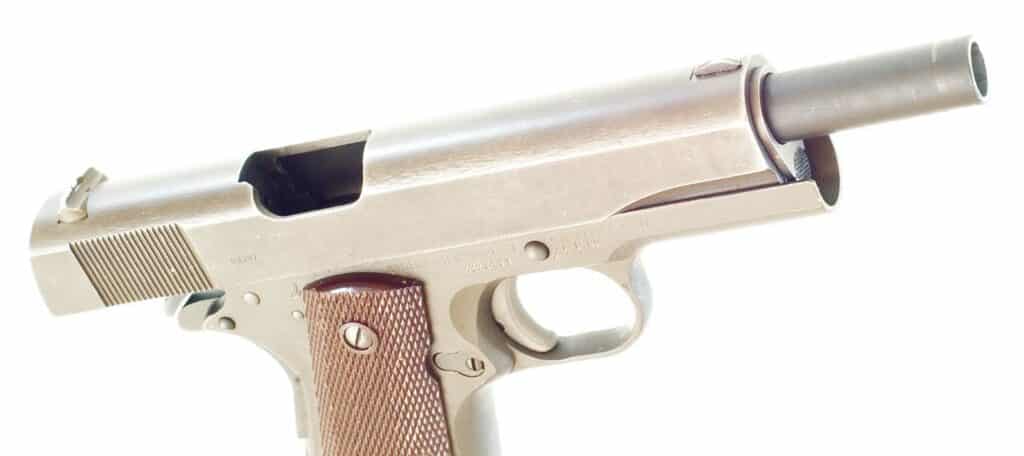
Frame
The frame was manufactured by Remington Rand (RR) in 1945, and most of the frame parts seem consistent. In front of the serial number, “NO.” instead of “Nº”is consistent with a late war RR. Proof mark “P” is behind the magazine release. “FJA” represents the inspection initials for Frank J. Atwood and is found on RR and Ithaca guns. The main spring housing has seven ribs which mark it as a late-war Ithaca part, while an RR part has eight ribs. Smooth contouring of the thumb safety matches another identifying point for RR. The trigger is a rounded, stamped and parkerized affair. The type 3 magazine release features a slot screw head. As expected, the slide stop and safety are serrated and not checkered.
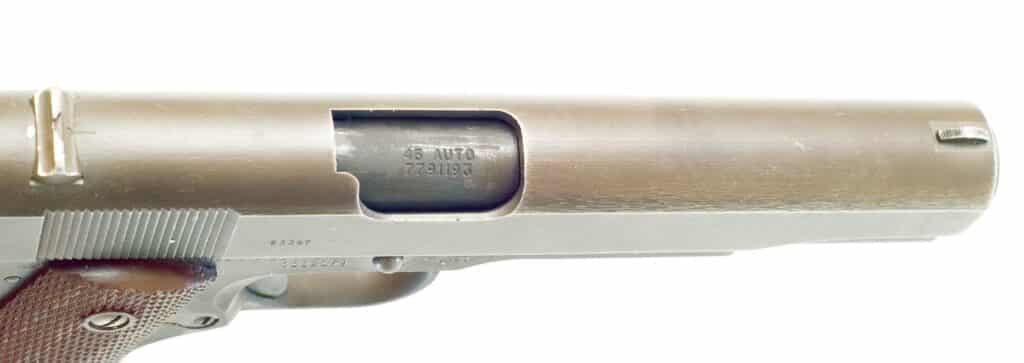
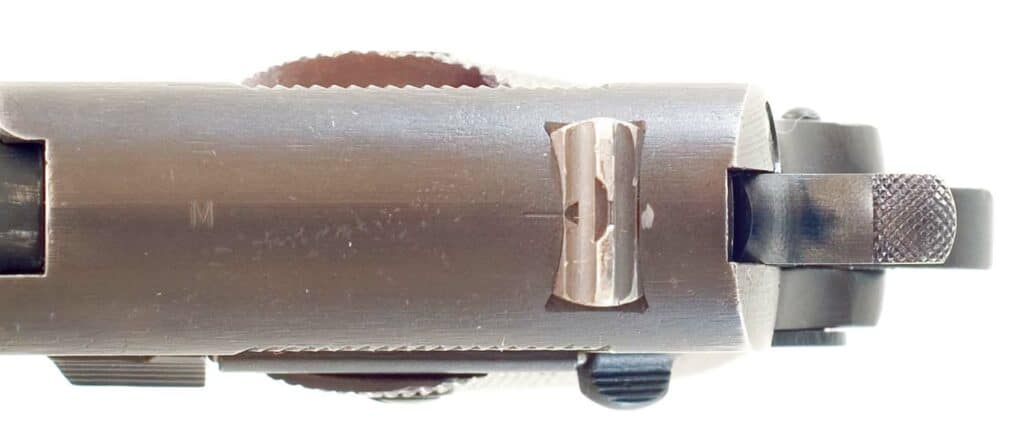
Grips with reinforcement rings were manufactured by Keyes as denoted by the star with a “K;” however, only the right stock has a part number denoting Korean War-era replacement. It is possible that the left is an original part with the right replaced when damaged. On the right of the frame, in front of the slide stop, one can find “A 8 80” under “M1911 A1 U.S. ARMY.” That marking is not parallel to the original serial number and seems deeper. This author can only guess this was the date for the rebuild; although “A” does not denote any familiar arsenal.
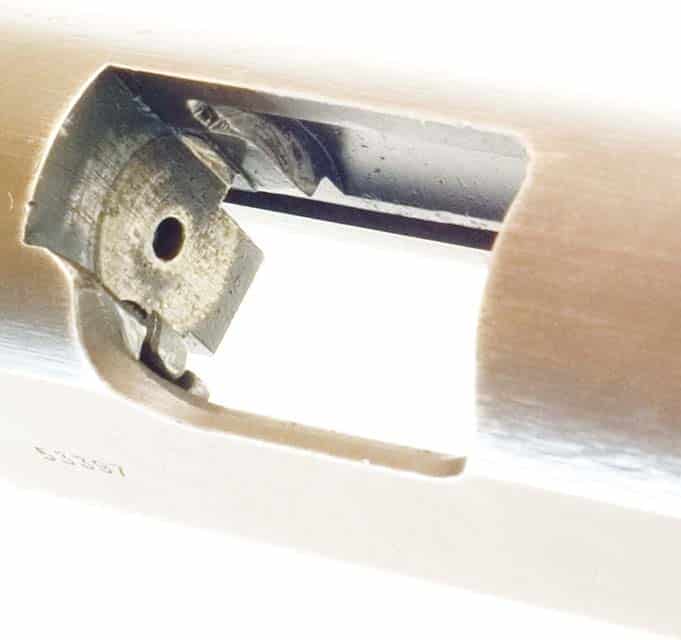
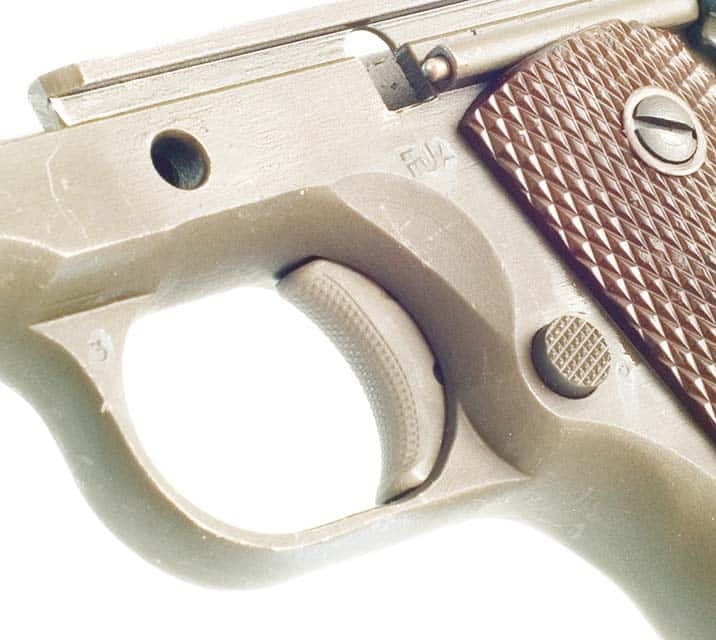
Slide and Barrel
Both slide and barrel are post-WWII GI replacement items. The left side of slide has drawing number “7790314” in large font, and the right side has “53397” which is the Cage Code for NUMAX ELECTRONICS INC in New York City. Since this is a post-war product, it is fully heat treated. Author has yet to learn the significance of “M” marked atop the slide, between ejection port and rear sight. When viewed from the top, the machining in front of the leaf is radiused and is the type used by Colt and US&S which was eventually adopted by all contractors; the original RR pattern had straight cuts. The front sight measures 0.08-inch wide, but the top was slightly peened, perhaps from rough handling.

The barrel has a caliber and drawing number visible through the ejection port. At the bottom near the barrel link, one can find “73677” for DUROYD MFG CO INC on the right, and “M” “P” marked on the left. Rifling, crown and lugs are in excellent condition with minimal wear. The recoil spring guide is the late type with rounded legs, while the plug paradoxically was not punched to retain the spring. That makes the plug either an early production run example or a commercial one sourced outside government supply. The barrel bushing is unmarked. When in battery, the pistol rattles little with the barrel-to-bushing fit not excessively tight or loose.
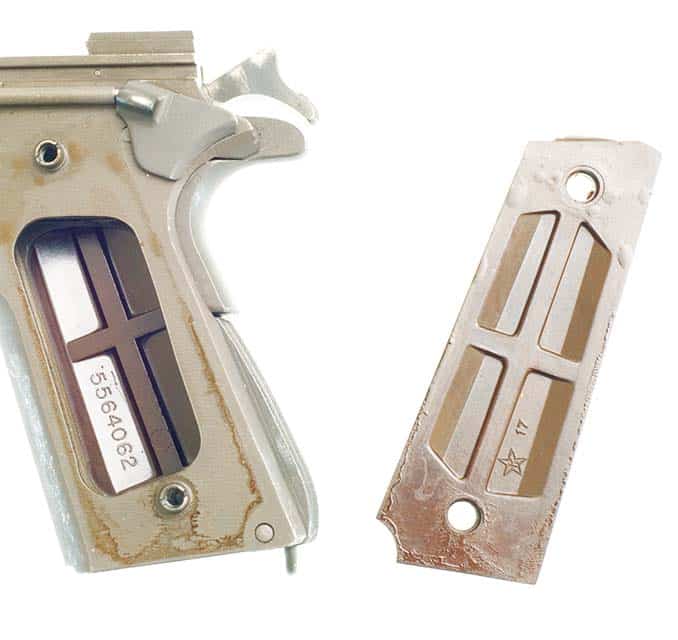
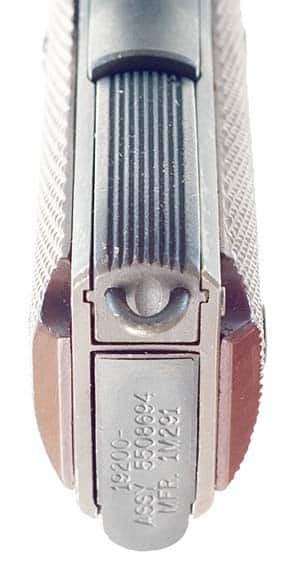
Shooting and Final Thoughts
No malfunctions were experienced during a short range trip. The safety engaged and disengaged with authority and assurance. The trigger measured about 5.5 pounds. and featured a notable amount of creep. The trigger face fell at the middle phalanges, whereas the wider-gripped Beretta M9 fell at the joint between middle and distal phalanges. This author is very happy to add a genuine piece of Americana to his collection and looks forward to retelling its rich history to future generations.
| This article first appeared in Small Arms Review V23N8 (Oct 2019) |



